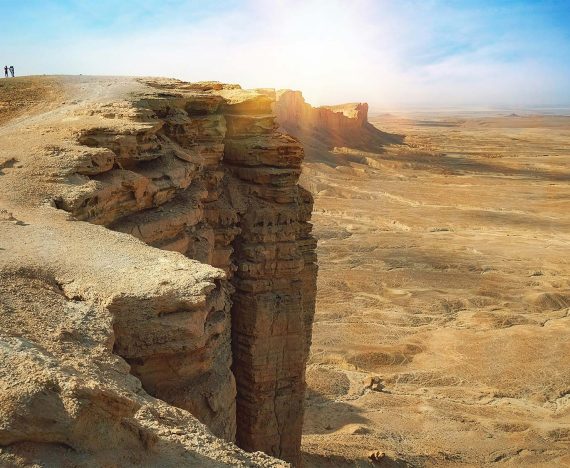ANOTHER SIDE OF SPAIN
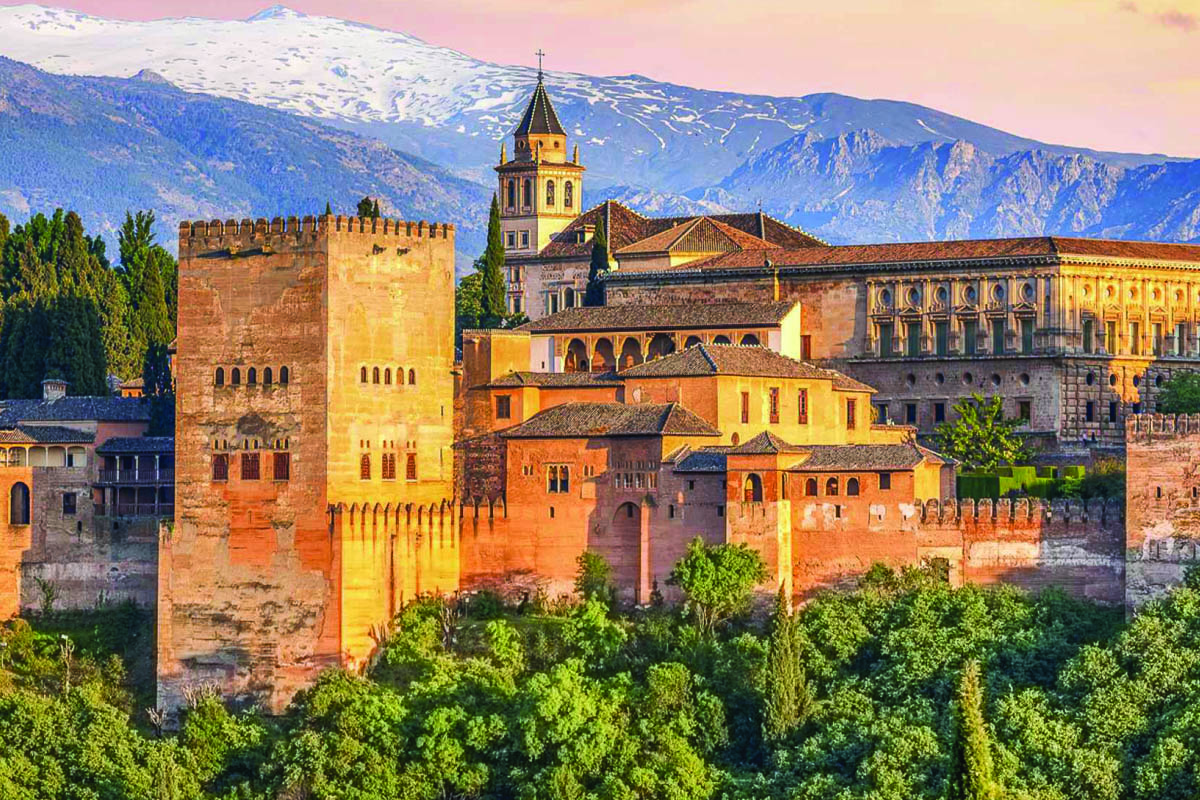
From Unesco World Heritage sites to tanning on the beaches and exploring gothic architecture on your way, FACT recommends three unconventional cities in Spain for you to visit that are not Madrid or Barcelona.

ARCHITECTURE GALORE
People go to the Andalusian city of Granada, in southern Spain, from across the nation and beyond, for two things mainly: The Alhambra and the tapas. The Alhambra is a walled fortress housing magnificent 13th- to 15th-century Moorish palaces and gardens, the design pays homage to natural emblems and cosmic movements. However, a visit to the Alhambra can be split in two with an evening visit to either the splendid Nasrid Palaces or the lush gardens, preceding or following a daytime visit to the ramparts, museum and gardens.
With more than two million visitors yearly heading to The Alhambra, a Unesco World Heritage site, the city’s tourism industry had settled into a routine of shuttling visitors in and out of the city in about 24 hours. But recently some other ancient structures have been restored, and the region’s individual cuisine has come into its own.
The Alhambra is to Spain what the Taj Mahal is to India, a site so popular on its own that people actually visit the city just to have a look at the magnificent architecture. Apart from The Alhambra there’s the Rodríguez-Acosta Foundation that’s nestled into the same hill and spreads over five levels on the steeply pitched slope with a stepped garden. The foundation houses the collection of the art historian Manuel Gómez-Moreno and of Rodríguez-Acosta (1878-1941), an accomplished painter of vibrant and moody Andalusian subjects.
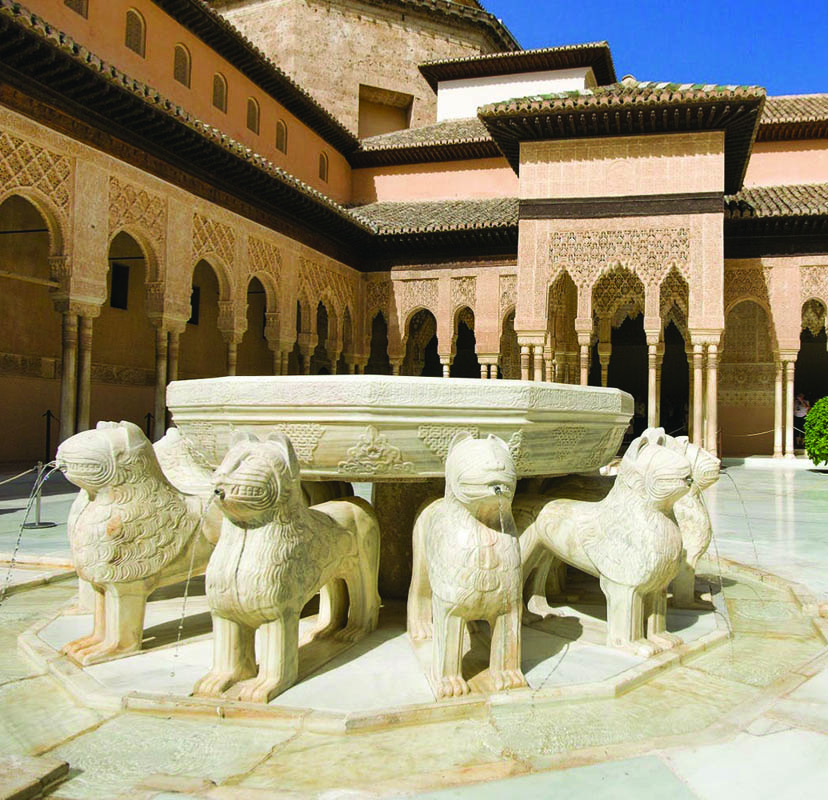
This is a treat for art and history lovers since the works on display range from pre-Roman Iberian tribes to early 20thcentury masters like Joaquín Sorolla. If you are really intent not just on sight-seeing but also want to enjoy the local experience, go for a breakfast at Café Fútbol. It’s very mid-city and opened its doors in 1903. Do not forget to try their Spanish hot chocolate. Now that you’ve seen The Alhambra garden by garden and terrace by terrace, end your Granada experience with a latenight flamenco performance in the caves of Sacromonte before moving on to your next destination.
TANNING IN MALLORCA
Known for its scenic coastline, world-renowned beaches, and majestic mountains in the north, it’s not hard to understand why the Spanish Balearic Island Mallorca is a beloved destination during the summer. For the past few years, the island has been silently revamping itself with a number of luxe hotel openings, restoration of old artisan crafts by an influx of next-generation creatives and a growing number of restaurants awarded Michelin stars.
And nowhere is this gentle growth more apparent than in the low-key capital, Palma. Here, the distinctive old town boasts a grand cathedral and pretty cobbled streets, while chic boutiques, contemporary art galleries and the super-smart waterfront attract an ever-more cosmopolitan crowd. This is a place to be if you’re a beach and sun lover. The Ca’n Pere Antoni, backed up by lush steep cliffs and terraced mountains, is a favourite city beach among locals who flock there only to stretch out and tan on the fine white sand.
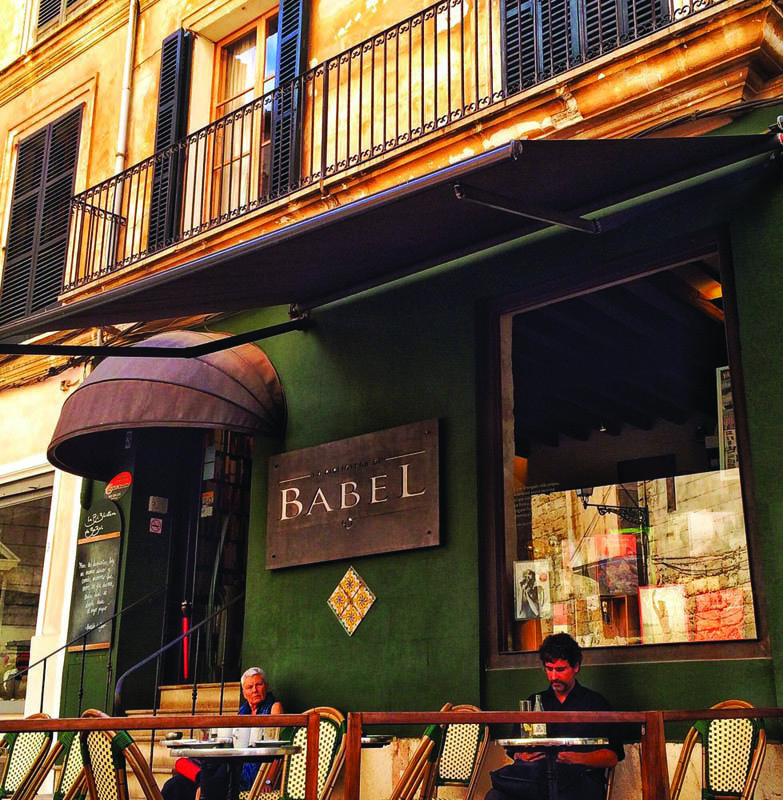
From there it’s only a cycle ride east along the palm tree-lined promenade towards the former fishing village of Portixol, which hosts a handful of excellent seafood restaurants. For a day away from the ocean waters, go to the outskirts of the city to visit the Pilar I Joan Miró Foundation that opened its doors in 1981. With a collection of more than 6,000 artworks donated by artist Joan including sketches, drawings, paintings and sculptures you can discover the mastery of this modern art icon. Another place to visit for literary and art lovers is the Biblioteca de Babel — a classic library that has pieces of art, history and books that give an insight to the heritage of the city and its modern art.
The place also offers terrace seating where guests can enjoy a refreshing drink alongside an array of tapas. Next, move on to something even more cultural and head to the city’s large landmark Cathedral Santa Maria of Palma. The Gothic church, also referred to as La Seu, was first built in the early 1200s and took more than 400 years to finish, and is today open to the public to visit.
ANCIENT AND MODERN
Known as part of the Basque Country, Guernica and San Sebastian, in the coastal region of northern Spain can be considered some of the most popular destinations. Hiding slightly inland is a city of contrasts there, Bilbao.
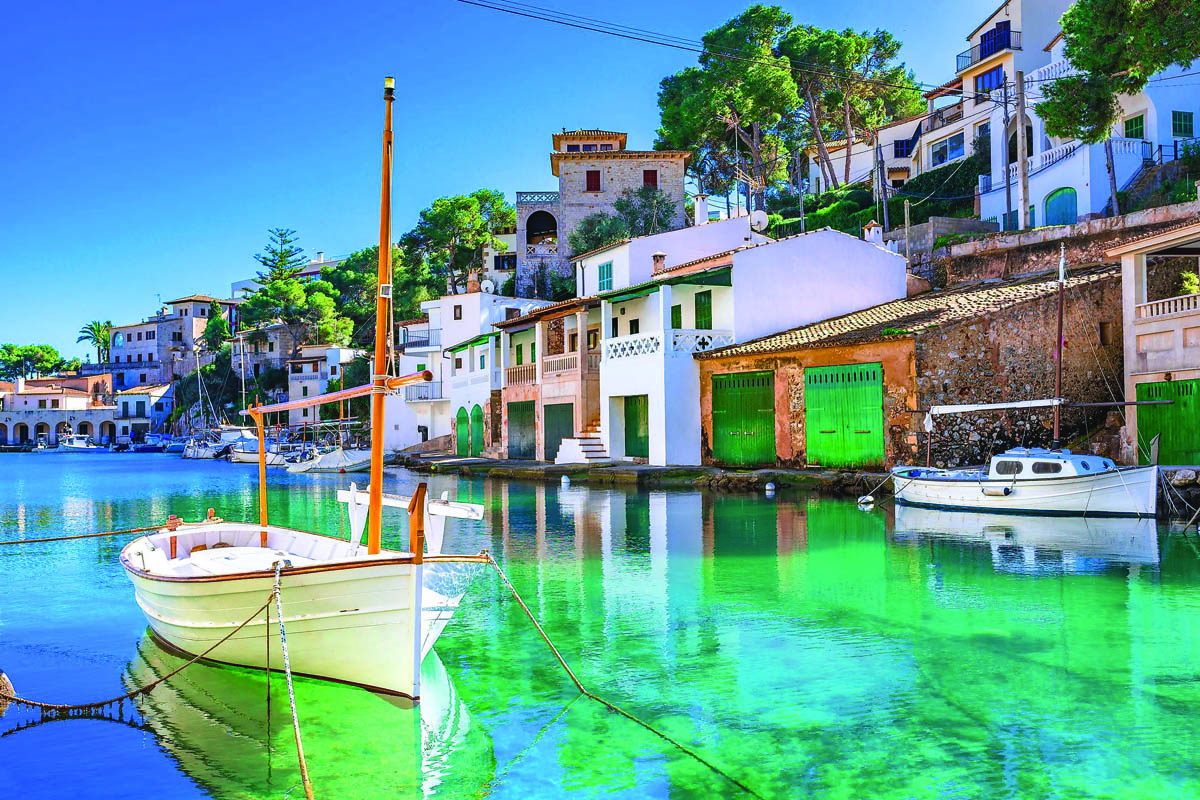
A place that has the unexpected duality of things to do, see and eat in an urban landscape. There is a futuristic tram gliding along the streets bordering the city’s ancient quarter, a river lined with muted cracking buildings, architecture that speaks heritage, and a museum with a modern landscape backed by lush green mountains. Every corner in this city yields a highly visual and oddly surprising twist. There are old-school fish markets that meld and lead to high-end boutiques and contemporary architecture that at once disappears into cobbled streets.
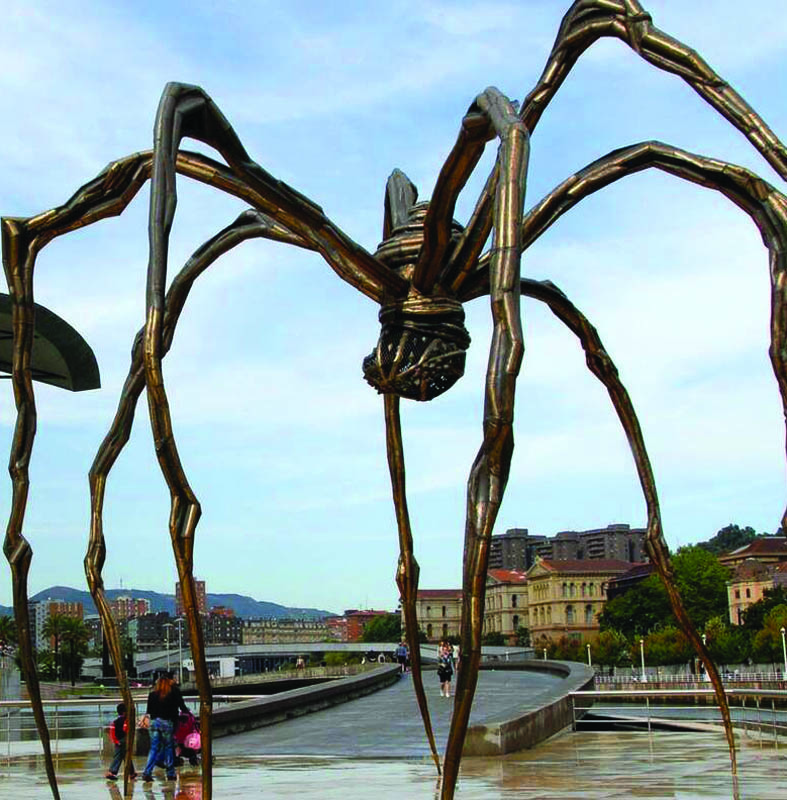
Here you rarely hear English or even Spanish. The natives speak Basque and even the most touristy hotspots of the city are rarely as crowded as those in, say London, during the peak holiday season. You can easily spend a few weeks exploring the enchanting nooks of the city. The market, Mercado de la Ribera, that spreads at 2.47 acres and is located right on the bank of the river, is bliss for someone who prefers vegetables, fresh fruits, fish, mushrooms, cheese and game, in season. It’s a very Instagrammable hotspot, a place full of colours — depicting the locals and their expression of love for the tourists. If you’re an art or design enthusiast, the Guggenheim is definitely a place to visit.

The museum is home to world-class pieces. Puppy, a massive, flowering Jeff Koons dog sculpture sitting outside the building generates many photo ops. Now move over to Santiago Cathedral, Plaza de Santiago. Located in the centre of the city and constructed during the 15th century encapsulating chic gothic architecture with arched ceiling and doorways, it is considered one Bilbao’s oldest building.













